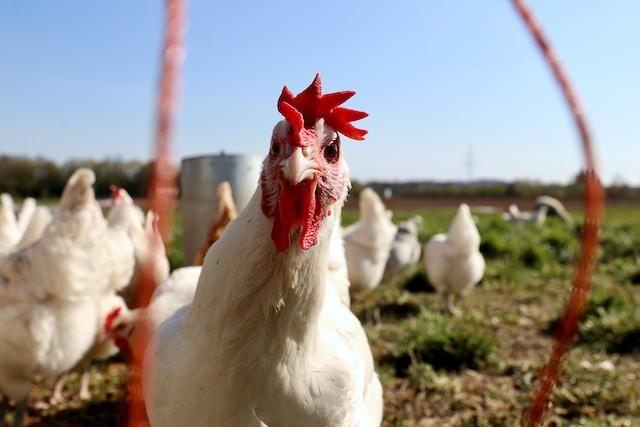On May 21, the 90th Paris assembly for World Organisation for Animal Health (WOAH) announced concern over the dramatic rise in cases of avian influenza (or bird flu) and the increased risk of a future pandemic.
According to WOAH data, since 2005, high-pathogenicity avian influenza is seasonal. September marks the lowest number of cases, then they begin to turn upward in October, with a peak in February. Over 500 million poultry deaths have occurred since 2005, worldwide.
Avian influenza currently poses a significant threat to the health of poultry, wild birds, and endangered species. Its impact on wildlife could have devastating consequences for biodiversity. Moreover, this disease can infect various mammals, including rats, mice, weasels, ferrets, pigs, cats, tigers, dogs, and horses.
Dr. Keith Hamilton, head of the WOAH Preparedness and Resilience Department, stated, “Avian influenza can kill entire flocks of birds so this causes devastating losses for the farming sector.” The effects of avian flu also directly impact the international trade of a nation, resulting in a significant amount of job losses.
Monique Eloit, WOAH Director General of the World Organisation for Animal Health, told Reuters, “Since almost every country that does international trade has now been infected, maybe it’s time to discuss vaccination.” Because of COVID, “every country realized the hypothesis of a pandemic was real.”
Is another pandemic possible?
Highly Pathogenic Avian Influenza (HPAI), which has killed hundreds of millions of birds and infected mammals worldwide, has recently been taking the world agricultural sector by storm.
As HPAI spreads, mutations become stronger. These mutations are unknown to the human body, which makes them more susceptible to being contagious. In early April 2023, mutations were found in a Chilean man who was infected.
Another pandemic is fully possible if world leaders do not act soon. One possible solution would be a vaccine for the birds themselves, however according to Tom Super, Senior Vice President of Communication for the National Chicken council, the U.S. National Chicken Council refuses to use the vaccine due to export threats. The vaccine could potentially mask the disease and dim the threat of chickens who are asymptomatic.
Another downfall is that many vaccinated birds still test positive for HPAI. In reply, only 25% of WOAH nation members would accept imported poultry that has been vaccinated.
For now, the U.S. Department of Agriculture (USDA) still depends on biodiversity as its solution while vaccine trials are underway.
Solutions beyond vaccination
WOAH published the One Health approach, a solution built on the fact that ecosystems are interdependent. WOAH collaborates extensively with the Food and Agriculture Organization of the United Nations (FAO) and the World Health Organization (WHO) to observe the progression of illness at the intersection of humans, animals, and the environment, following the principles of a One Health strategy.
Other strategies include global surveillance and reporting techniques to slow the spread of the disease. Once the disease is reported in one area, proper precautions can take place. The implementation of control strategies and compensation for farmers, could also be a way to contain the problem.
Gene editing implemented by biotechnology can also create birds resistant to avian flu. The Biotechnology Innovation Organization (BIO) issue brief explains some of the ways biotech can help keep animals healthier.




